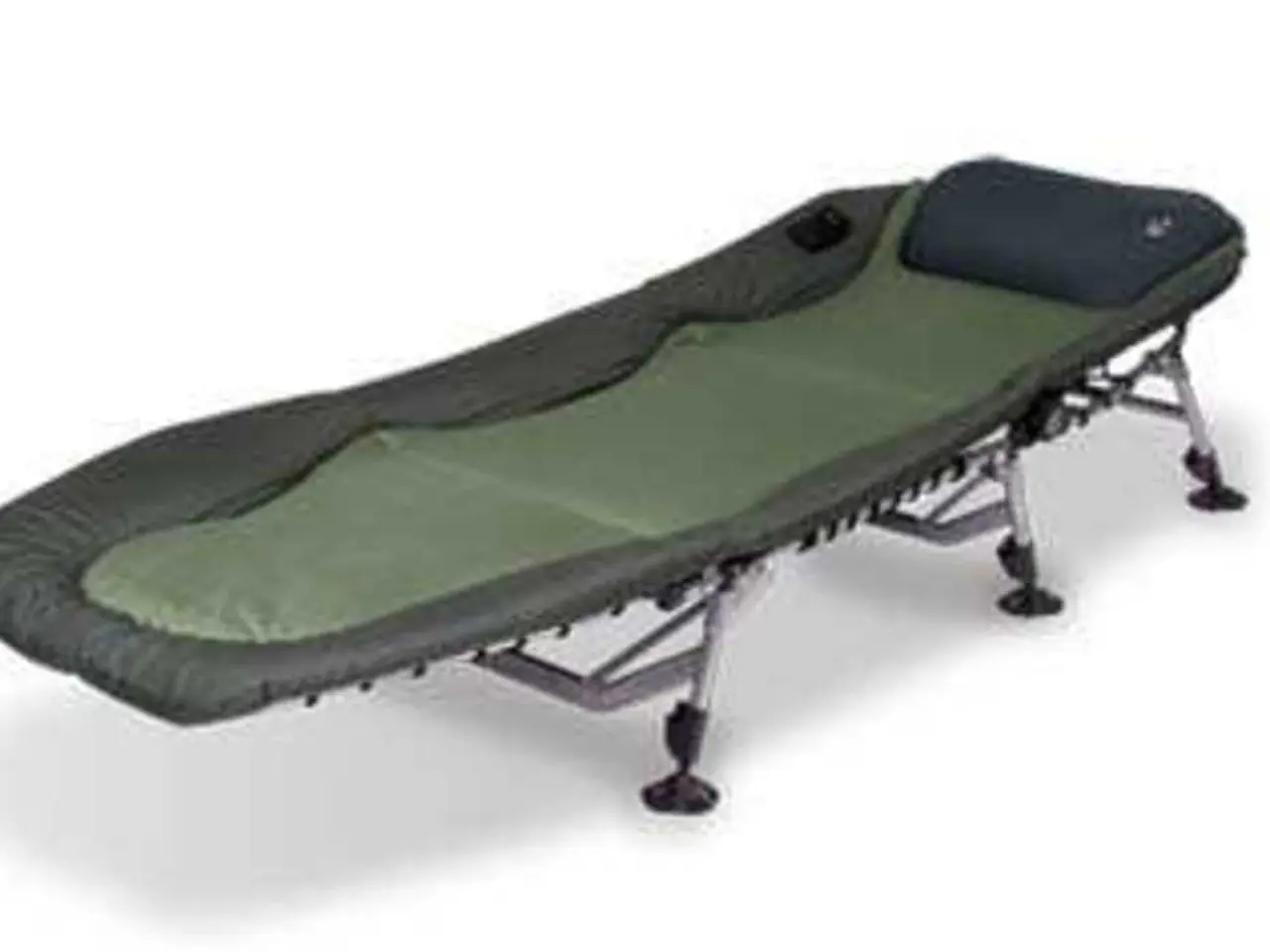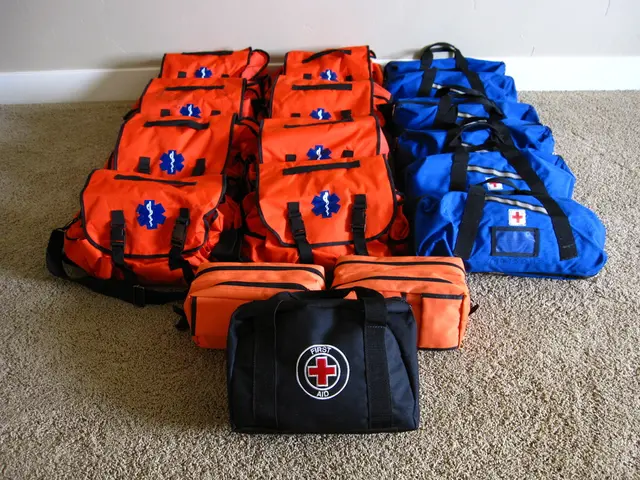Preventing Secondary Damage Via Bracing: Lowering the Risk of Joint Injuries with Support Devices
In our daily lives, joints play a crucial role in various activities, but they are also susceptible to damage. To help support joints, promote proper function, and prevent further damage, specialized orthopedic braces have become essential for those at high risk of injury, particularly for the back, elbows, wrists, knees, and ankles.
**Knees: Hinged Knee Braces and Compression Supports**
Hinged knee braces are highly recommended for knee protection. Featuring adjustable hinges that allow safe, natural bending while blocking excessive or harmful movements, these braces help protect structures like the meniscus and ligaments. Patient-specific alignment and modular components enhance comfort and targeted support during recovery or injury prevention.
Compression knee braces offer enhanced joint stability, improved alignment, edema control, and pain management. They support gradual motion within safe ranges, promoting healing while preventing re-injury, especially in sports or post-surgery.
**Elbows and Wrists: Stability Braces for Hypermobility and Injury Prevention**
For conditions such as hypermobile Ehlers-Danlos Syndrome or general instability, wrist and elbow braces that provide firm but comfortable support without overly restricting motion are vital. These braces help prevent subluxations and hyperextension, reduce pain and fatigue, and enable daily functional activities.
Wrist braces typically focus on stabilizing the joint during tasks involving gripping or repetitive motion to protect from overuse injuries.
**Back: Orthopedic Back Braces and Supports**
Back braces are designed to maintain proper alignment and reduce strain on spinal joints and muscles. They help prevent injury by limiting excessive motion while allowing sufficient support to permit movement and posture correction.
**Ankles: Ankle Braces and Supports**
Ankle braces typically combine compression, stabilization, and sometimes hinged components to limit harmful inversion or eversion movements. These braces reduce the risk of sprains and support healing by controlling swelling and enhancing proprioception.
### Summary Table of Best Brace Types by Joint
| Joint | Best Brace Type | Key Features & Benefits | |----------|----------------------------|-------------------------------------------------------------------| | Back | Orthopedic Back Braces | Maintain alignment, reduce strain, support posture, limit motion | | Elbows | Stability Elbow Braces | Prevent hyperextension, improve joint stability | | Wrists | Wrist Stabilizing Braces | Support during functional tasks, prevent subluxation | | Knees | Hinged Knee Braces | Adjustable hinges, patient-specific alignment, injury protection | | Knees | Compression Knee Braces | Pain management, edema control, gradual safe motion | | Ankles | Ankle Stabilizing Braces | Limit harmful movements, reduce sprain risk, enhance proprioception|
Overall, modern braces synergize biomechanical engineering with clinical needs to protect at-risk joints, promote healing, and enable activity with reduced pain and injury risk.
Proper fit and consultation with a healthcare professional are crucial to select the best brace tailored to the user's specific joint condition and activity level. Prophylactic braces are designed to protect knees during contact sports like football.
By understanding the benefits of these specialized braces, individuals can make informed decisions about their joint health and well-being.
- Incorporating advanced science and technology into their design, nutrition and fitness-and-exercise routines can benefit from the knowledge gained in the development of braces, as they share similar goals of enhancing joint health and performance.
- With the rise of joint-protecting braces for activities like sports, it's worth considering the application of these technologies in other sectors, such as agriculture, where demanding physical labor could benefit from the support offered by braces designed for joint protection.
- To promote overall health-and-wellness, consider integrating joint-friendly exercises and therapies-and-treatments into your routine, as supported by the improved joint function and reduced pain experienced by those using specialized braces.




